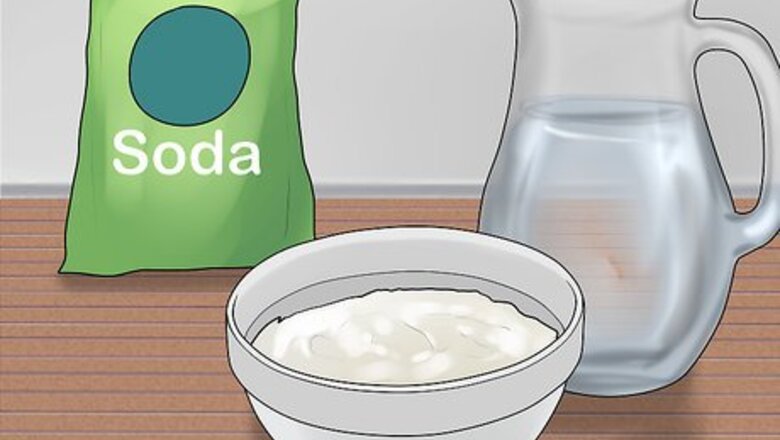
views
Scrubbing Stainless Grates

Combine the baking soda and water. To make an effective cleanser to clean a stainless steel grill grate, add ¼ cup (45 g) of baking soda and ¼ cup (59 ml) of water to a small bowl. Mix the two together well to form a paste. It helps to mix the baking soda with warm water so the two blend more easily together.
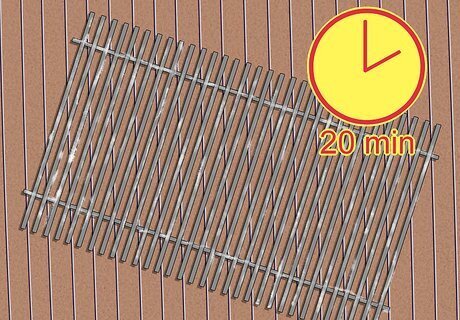
Apply the paste to the grate and allow it to sit. Once you’ve mixed up the baking soda paste, use clean hands or a rag to carefully apply it to the grill grate. Make sure to cover the entire surface, paying special attention to the dirtiest spots, and let the paste sit on the grate for at least 20 minutes. It’s best to remove the grate from the grill before you apply the paste. That will allow you to cover both sides so you don’t miss any spots.

Coat an especially dirty grate with oven cleaner and let it sit overnight. If you haven’t cleaned your stainless steel grate in a while, it may need a more intense cleanser to freshen it. Apply a generous coat of oven cleaner spray over both sides of the grate. Place the grate inside a plastic garbage bag, and allow it to sit overnight. You can use the oven cleaner if the baking soda paste doesn't work. It's not necessary to do both unless your grate is extremely dirty and the baking soda leaves residue behind. Any oven cleaner will work to clean the grate, but you may want to choose a cleanser that is designed for use on both ovens and grills.

Scrub the grate with a grill brush. After you’ve let the baking soda paste or the oven cleaner sit on the grate for the designated time, use a wire grill brush designed for stainless steel to scrub the entire surface. Make sure to run the brush between and along the sides of the grate to remove all of the cooked-on residue. Check your grill brush to make sure that it’s in good condition before using it. There shouldn’t be any bristles coming out.

Rinse the grate with water and dry. Once you’ve given the grate a good scrubbing with the brush, use your garden hose to spray it down with warm water. Make sure to remove all of the cleanser and dirt residue, and then dry the grate with a clean towel. Return it to the grill so you’re ready for the next barbecue. If the grill grate is particularly dirty, you may need to repeat the cleaning process more than once to fully remove all of the dirt and food residue.

Continue to brush the grate after each use. When your stainless steel grill grate is clean, you’ll want to keep it that way. Allow the grill to cool down for 5 to 10 minutes after using it, but while it’s still warm, use your grill brush to scrub the grate down to remove any food debris. To limit residue on the grate, always preheat your grill before placing food on it. That will help keep items from sticking to the grate. Be sure to oil your food before placing it on the grate to help keep anything from sticking to the surface.
Maintaining the Grill’s Interior
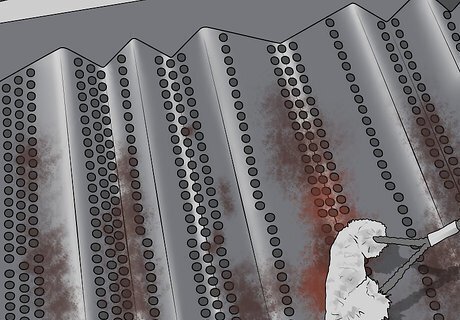
Brush the flame tamers. The flame tamers sit directly on top of the burners to form a barrier between the burners and the grate. Food debris can sometimes build up on the tamers, so you should remove them and use a small, dry wire brush to remove any residue. Wipe them down with a clean piece of paper towel afterward. Make sure that your grill is cool and not turned on before cleaning any of the interior components. If you’re not sure where the flame tamers are in your grill, consult the owner’s manual. They are also sometimes known as heat tents or vaporizer bars.
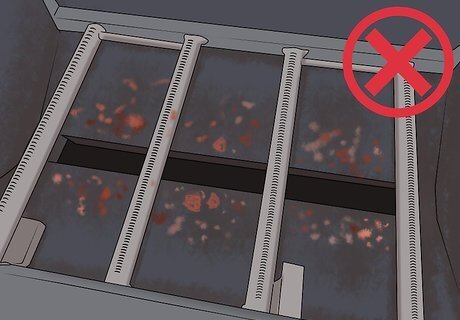
Remove food residue from the burners. When you take out the flame tamers, the burners will be underneath. Food buildup on the burners can led to uneven heating and burner failure. Clean tube, flat, u-shape, and cast burners with a small, dry wire brush, paying special attention to the burner port area where the gas comes out. If you have ceramic burners, don’t clean them with a brush. Turn the grill on for 10 minutes to burn off any food residue, and once the grill is turned off and cool, use tweezers to remove large food debris. If you’re not sure what type of burners your grill has, consult the owner’s manual.
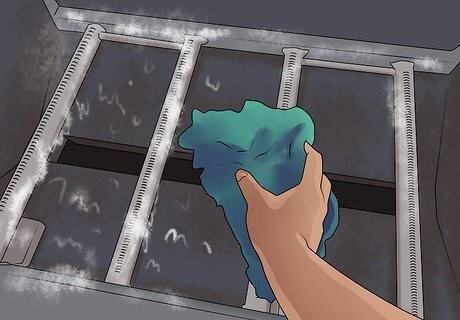
Rinse the venturi tubes with soapy water. The venturi tubes supply the gas to the burners, and can easily get dirty. Remove the entire burner assembly according to the instructions in the owner’s manual, and rub it and the tubes down with a cloth dampened with soapy water. Run a clean, damp cloth over the tube to rinse it. The venturi tubes are narrow tubes that have a series of small holes along the sides and/or ends. They may be curved and connected to the the burner assembly, or they may be straight and easy to detach from the burner assembly. Consult your owner's manual to see exactly what your grill's venturi tubes look like and where to locate them.
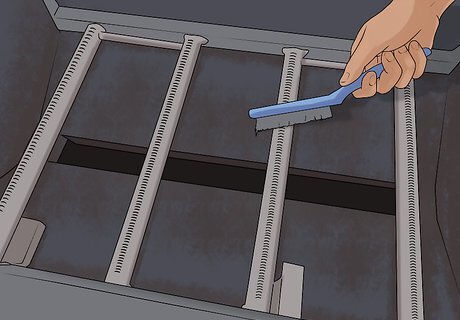
Remove debris from the holes in the venturi tubes. Clogs in the venturi tube can cause your grill not to work properly, but it’s easy for insects and other debris to build up inside. Use a small wire brush to clean the holes on the tube to ensure that there aren’t any clogs before replacing the tube and burner assembly. Consult the owner’s manual to determine the proper way to put the tube and assembly back. Your grill won’t work properly if it isn’t in place, and it can be very dangerous to lit the grill. A paperclip or small piece of wire works well to clean the holes in the tube too. You may want to run water from your garden hose through the tube to determine if there are any clogs.
Removing Dirt from the Grill’s Exterior
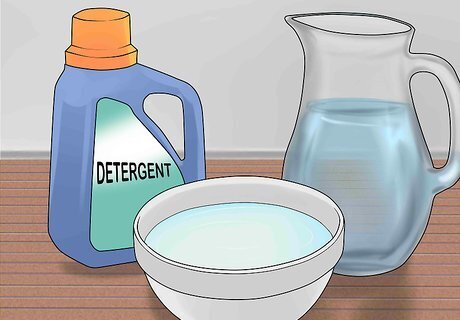
Mix the dish detergent and water. It’s best not to use stainless steel cleaners or polishes on the grill because they’re not designed to be used on surfaces that get very hot. Instead, fill a bucket with warm water and add some liquid dish detergent to create a warm, soapy solution. Never use an acidic or abrasive cleanser on stainless steel. They will damage the finish.
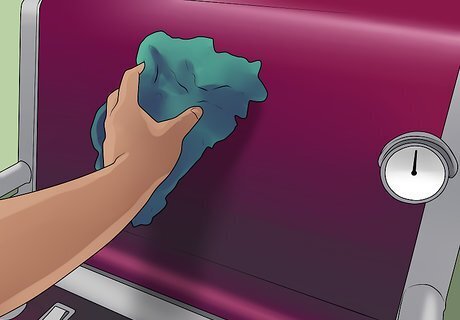
Wipe the mixture onto the grill’s exterior. Dampen a microfiber cleaning cloth with the soapy solution that you mixed. Run it over the entire surface of the grill’s exterior, making sure to rub with the grain of the stainless steel to avoid scratching it. Be sure to use a microfiber cloth to wash the stainless steel exterior. Other fabrics may scratch the finish.

Scrub stubborn spots with a sponge. If there are stubborn areas where dirt is stuck on, wet a sponge in the soapy solution. Rub it over the areas, but be sure to move in the direction of the grain to prevent scratches in the stainless steel. While a soft sponge is fine to use on a stainless steel grill, don’t use a scouring pad or steel wool. They will scratch the surface.

Rinse the exterior with water. When you’ve finished cleaning the exterior of the grill, spray it down with your garden hose. Make sure to use warm water, though, to get all of the soapy residue off the stainless steel.
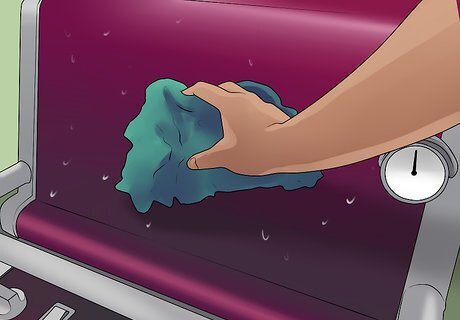
Dry the grill with a microfiber cloth. After you’ve rinsed off all the dirt and soapy, wipe down the grill with a towel to dry it. Use a microfiber cloth, though, and move in the direction of the grain for the best finish. When the grill is dry, you may want to follow up with stainless steel cleaner wipe to give it a more polished appearance.











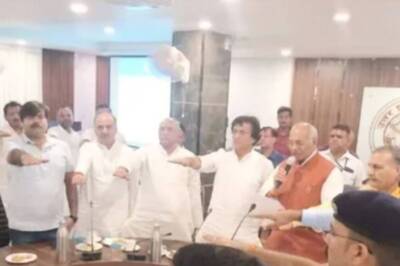
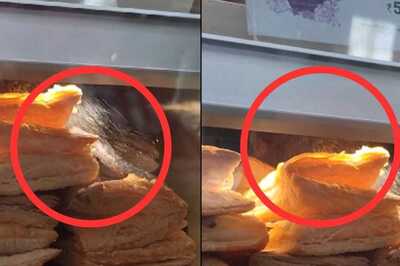

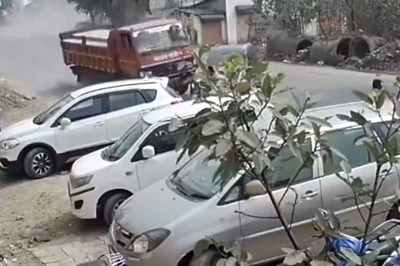


Comments
0 comment